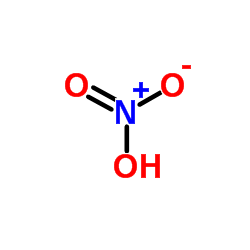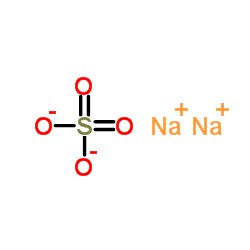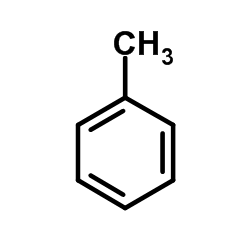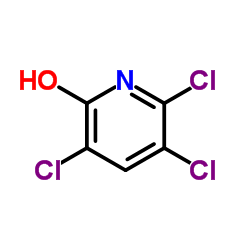| Structure | Name/CAS No. | Articles |
|---|---|---|
 |
Sulfuric acid
CAS:7664-93-9 |
|
 |
Hydrochloric acid
CAS:7647-01-0 |
|
 |
N-hexane
CAS:110-54-3 |
|
 |
nitric acid
CAS:7697-37-2 |
|
 |
sodium sulfate
CAS:7757-82-6 |
|
 |
Methanol
CAS:67-56-1 |
|
 |
Dichloromethane
CAS:75-09-2 |
|
 |
Toluene
CAS:108-88-3 |
|
 |
3,5,6-Trichloro-2-pyridinol
CAS:6515-38-4 |
|
 |
HYDROGEN CHLORIDE ~1.25 M IN METHANOL, 250 ML
CAS:132228-87-6 |